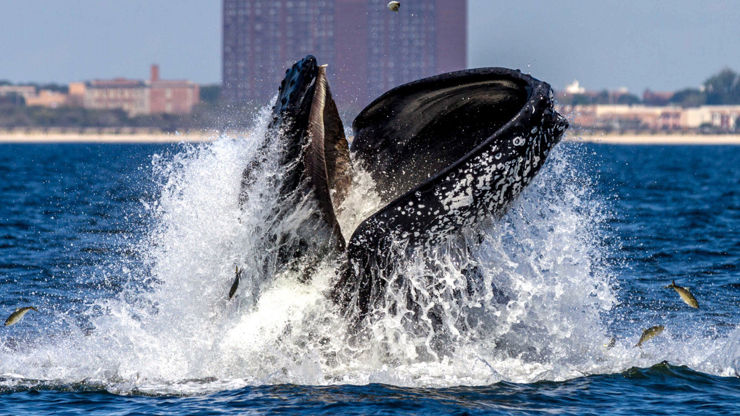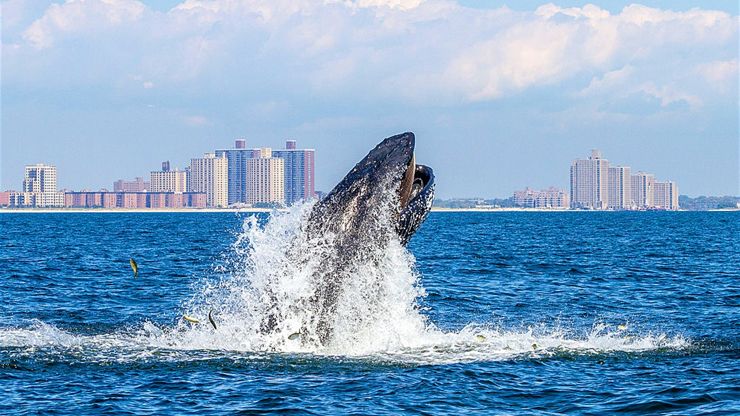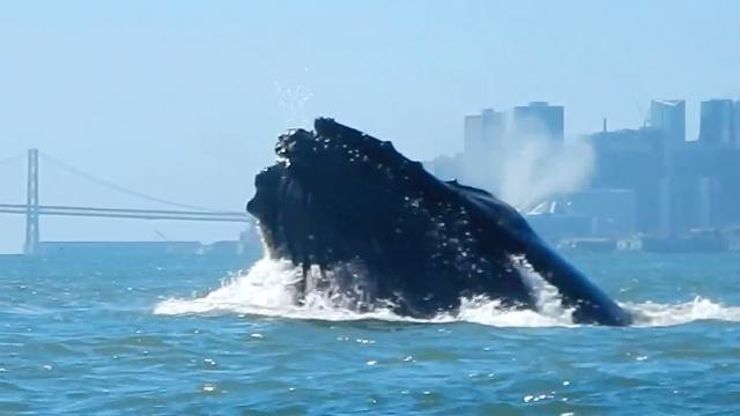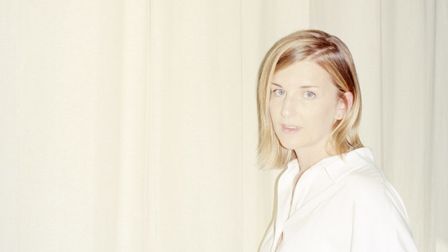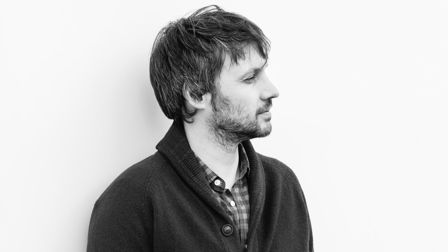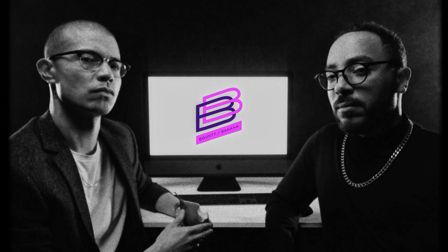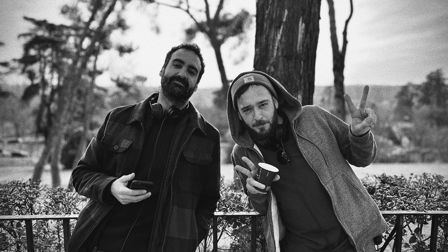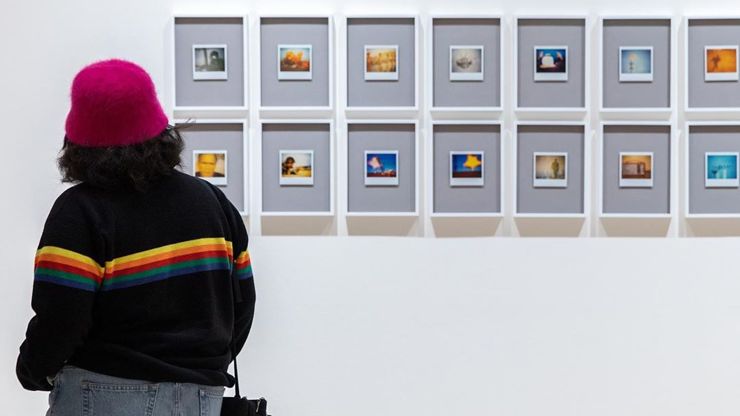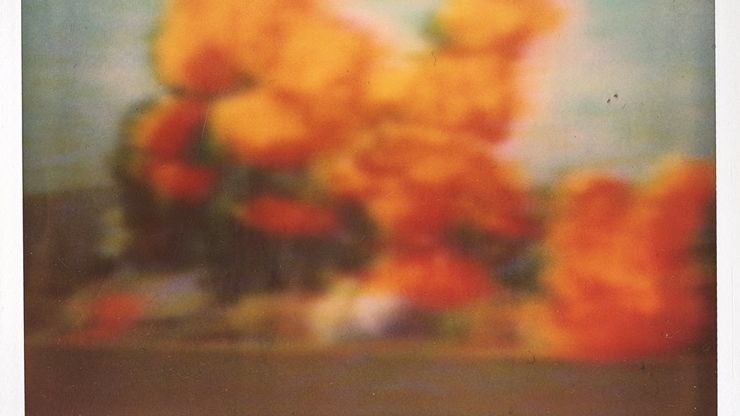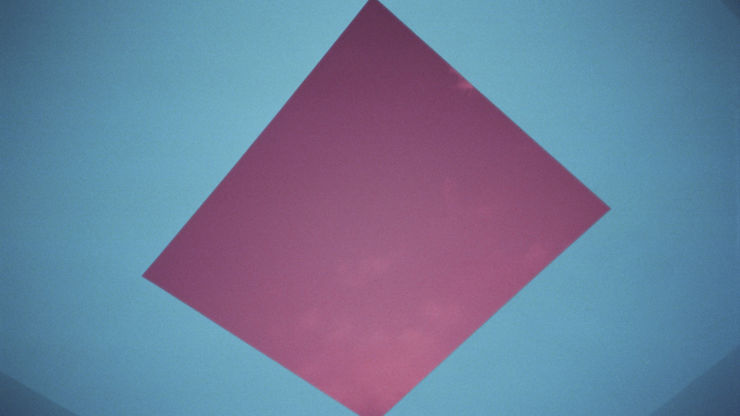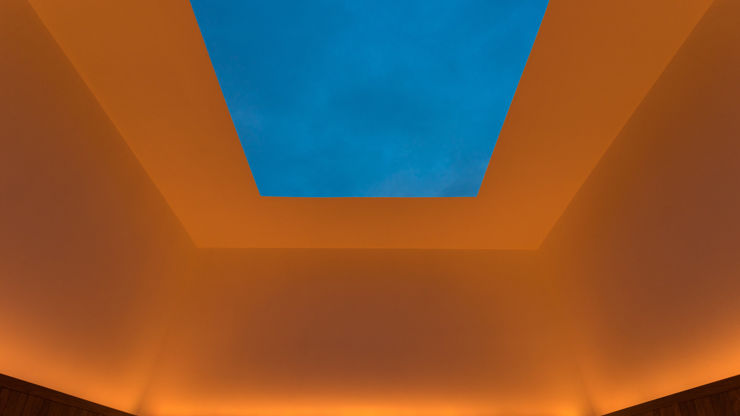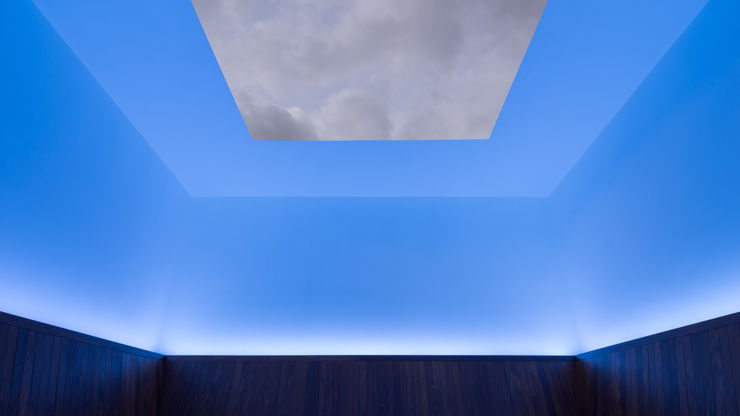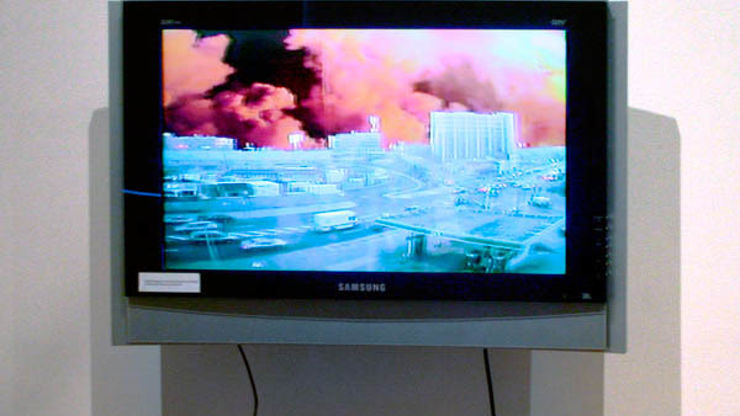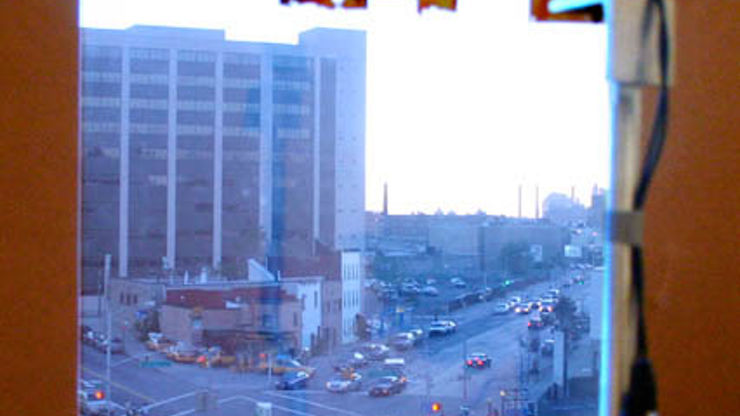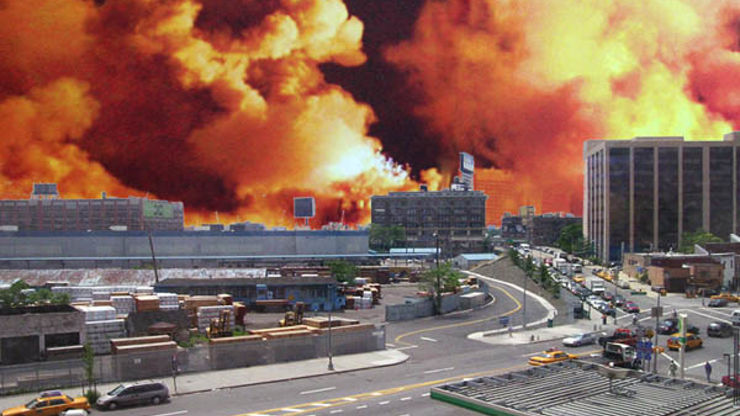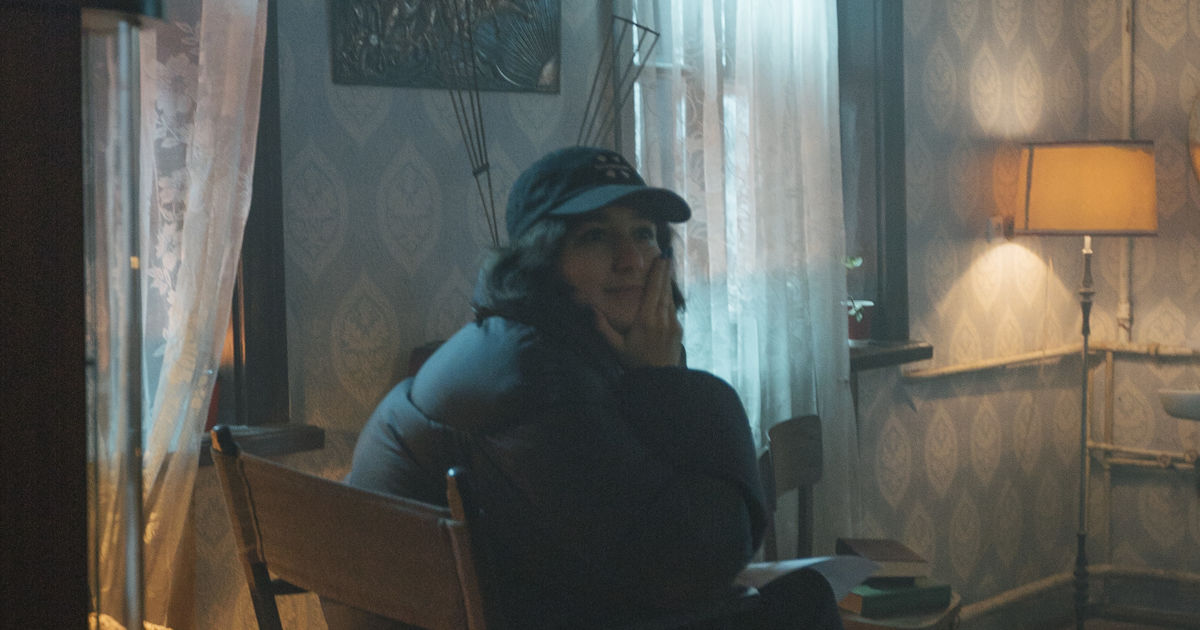)
Art of Advertising: Allie Avital
Allie Avital, a music video and commercial director on SMUGGLER's roster, took a walk with me through a museum. Peek in and read about what art inspires her.
New-to-commercials director and Queens native, Allie Avital, and I met up on a drizzly, gray morning in her home borough to talk art, inspiration, and the things that make her feel like New York City is really worth living in after all.
Raised in the city in the 90s by a pair of Jewish Russian parents, Allie has a rich history of art and resistance. She’s also an accomplished music video director, having worked closely with artist Moses Sumney, and is working on her first pieces of work with SMUGGLER, as a commercial lead.
Some of her first memories of art happened in her father’s large studio in Long Island City, known as 5Pointz. Where it used to stand there is now a huge, modern, high rise, but back in the day it was a warehouse known for its graffiti - until overnight the owner whitewashed the walls, making way for new development.
I asked her what she loved about New York City. She said, “it always surprises me,” and then told me about the time that she booked a whale watching tour out of Rockaway Beach.
We’re standing outside of the MoMA PS1, in a very light drizzle as she tells me this, pointing at the new condo. It’s certainly not an improvement. We head into the PS1, talking about the influence of art, and the art that’s currently influencing her. Here are some of the pieces we talked about, saw, and admired as we wandered the former school.
Photos of PS1 courtesy of their website.
Whale Watching
Before we went inside the museum, I asked her what she loved about New York City. She said, “it always surprises me,” and then told me about the time that she booked a whale watching tour out of Rockaway Beach. “It was the most inspiring and beautiful day of my life,” she said, lighting up as she described the setting.
Picture this; it’s a kind-of gross, slimy dock, out at Rockaway (a small park about the furthest south you can get and still be in NYC, much less Queens) but the typical gross. It’s a bunch of wood by the ocean, what do you expect? You’re met by a pair of women with no-nonsense instructions on lifejackets, safety, and please, for the love of gawd, do not drop your phone in the water, we can’t cover it, it’s not our problem. They drive you out a few miles, and there, with the New York City skyline in full view, there are whales.
Bringing the distant into the present felt more relevant now than ever before.
It’s surreal, Allie said, to see these majestic, mythic creatures rising out of the water. It feels impossible and absurd, but here they are. Massive and fascinating, creatures that feel old, that compared to the scale of the boat, of the person, feel like they’ve been taken out of another world. To be in the presence of something that takes up so much space, that can hold a conversation with its family, Allie says that this moment, of beauty and awe and grace, was unforgettable.
It feels, in some way, respectful of the space it has, and conscious of the space it takes up.
She mentions, offhand, that on the ride back there were dozens of dolphins playing in the wake of the boat. A color guard, making sure they returned home safe.
Photos courtesy of American Princess Cruises
GW, polaroid photograph series, Tarek Al-Ghoussein
Showing at the PS1 is a curated series of art collections centered around the Iraq and Gulf wars. Many of the artists are Middle Eastern, connected by family, history, and heritage to the conflicts in the area. One of the installations we saw came from Tarek Al-Ghoussein, a Kuwaiti and Palestinian artist, who documented the war through a series of polaroid photographs.
It takes the work that the world is already creating and acts as a mirror, sending it outwards.
Allie looks for immediacy and impact, something that excites her without having to think about it. While there is a craft, a necessity to study and tenure, art should be instinctive. The images Al-Ghoussein produced, she said, felt simplistic and essential, almost like a children’s book, while still depicting the horrors of war. There were firestorms, burnt-out buildings, the image of a man in a gas mask, blurry, as if Al-Ghoussein’s hands hadn’t stopped moving.
They drive you out a few miles, and there, with the New York City skyline in full view, there are whales.
The polaroids themselves elevated these foundational ideas. The insistent capture of a single second. These photos include a level of planning and a level of instinct - to raise the camera and capture the basic and irreplaceable image produced in that second. It must have been compulsory. Maybe that’s something an artist needs, she mentioned as we moved on; a compulsion.
Photos courtesy of PS1's Instagram.
Meeting, James Turrell
One of the reasons we chose PS1 to visit was because of one of the static installations; one of James Turrell’s Skyspace pieces called Meeting. It’s a room on the third floor with the ceiling cut out. The light inside of the room reflects and responds to the light coming in from the ceiling. It’s supposed to be amazing, and Allie was so excited to show it off.
These photos include a level of planning and a level of instinct
It is, however, an installation that relies on cooperative weather, and you can never count on that in New York in December. It was covered, and the door blocked by a sign. I peeked in and, to nobody’s surprise, couldn’t see a thing. I asked Allie what she liked about it. It’s not additive, she responded, it only enhances what’s already there. It takes the work that the world is already creating and acts as a mirror, sending it outwards. It feels, in some way, respectful of the space it has, and conscious of the space it takes up.
BePhotos courtesy of PS1's website.
Shock and Awe, Jon Kessler
One of the last pieces we saw was Jon Kessler’s installation Shock and Awe. As you look through a small space cut out of the drywall, you see a photo of the fiery explosions cut to fit against the cityscape of queens. The photo is from the Shock and Awe campaign that the US undertook during the initial invasion of Iraq in the early 2000s. Bringing the invasion back to America, the installation was a poignant reminder of the past, incorporating the immediate moment, reflecting the space in which the artwork was created.
It’s surreal, Allie said, to see whales-these majestic, mythic creatures-rising out of the water.
Allie said that this might have been her favorite piece. It was disturbing, distrustful and upsetting. The day was rainy, but the fires of the photo raged, unperturbed by the weather in Queens, New York. Shock and Awe was specific and dramatic, small and intense, incorporating sharp hindsight and a memory of the present moment. Bringing the distant into the present felt more relevant now than ever before.
)

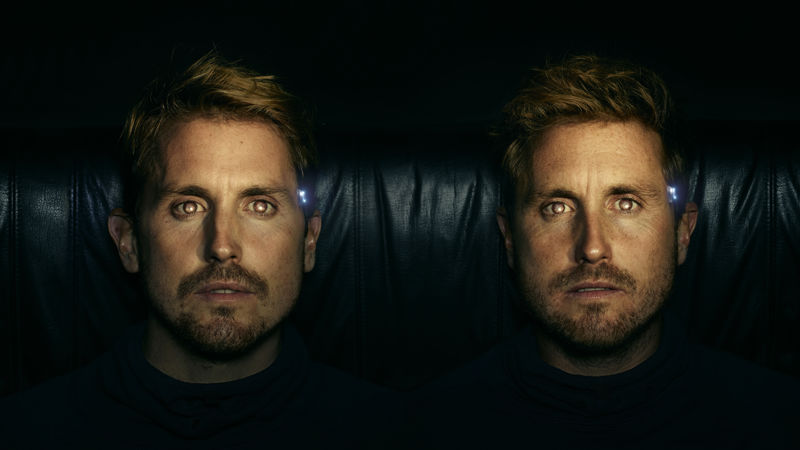
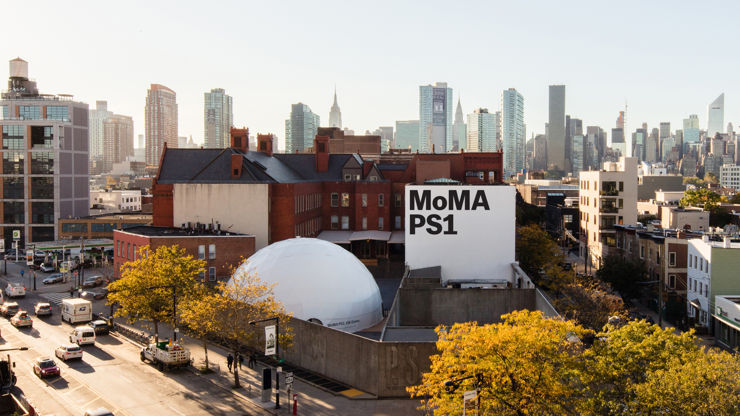




 + membership
+ membership

